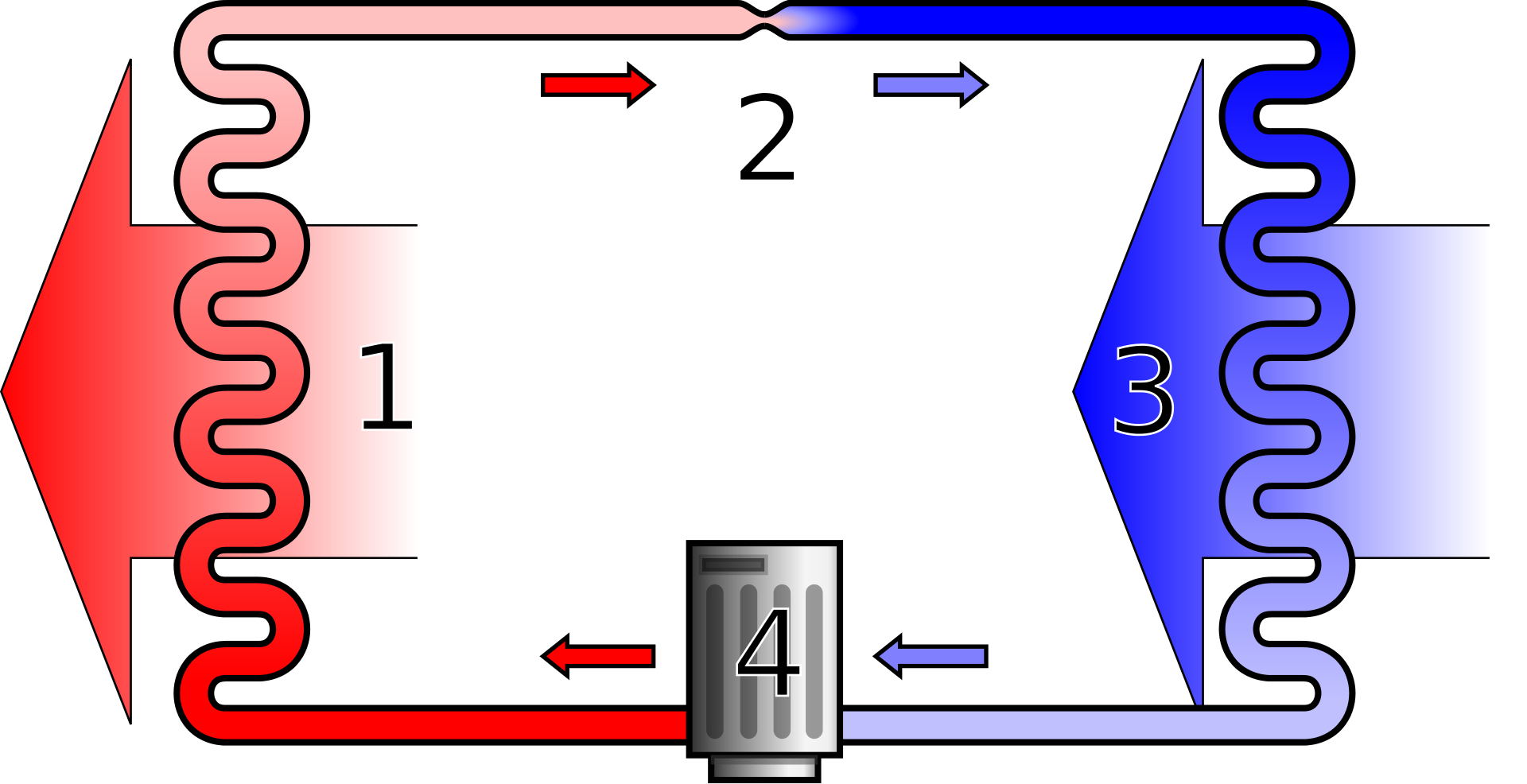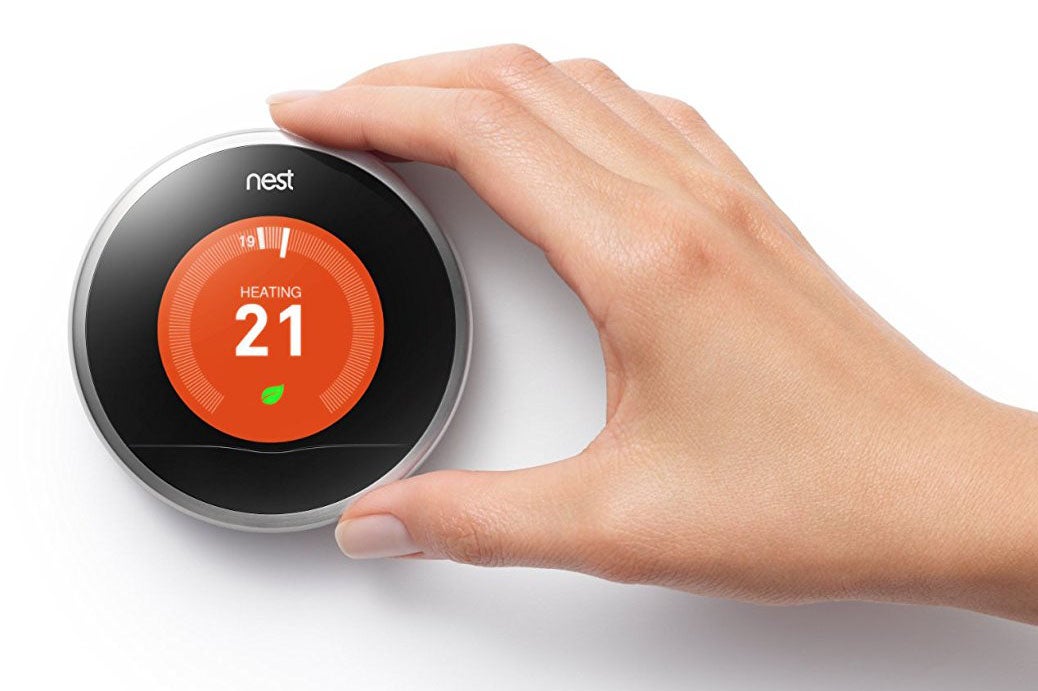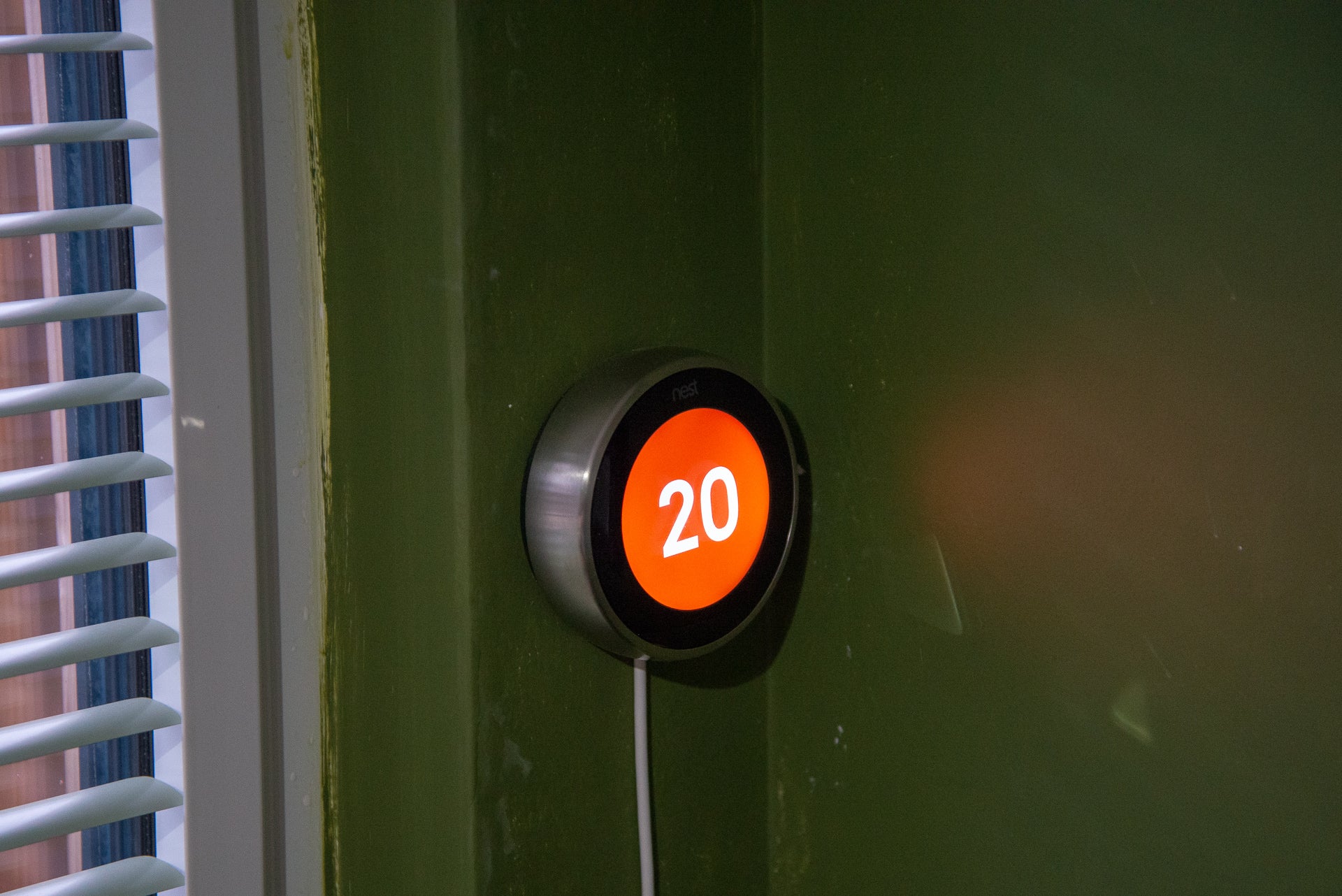What’s the best temperature for a condensing boiler to be set at?
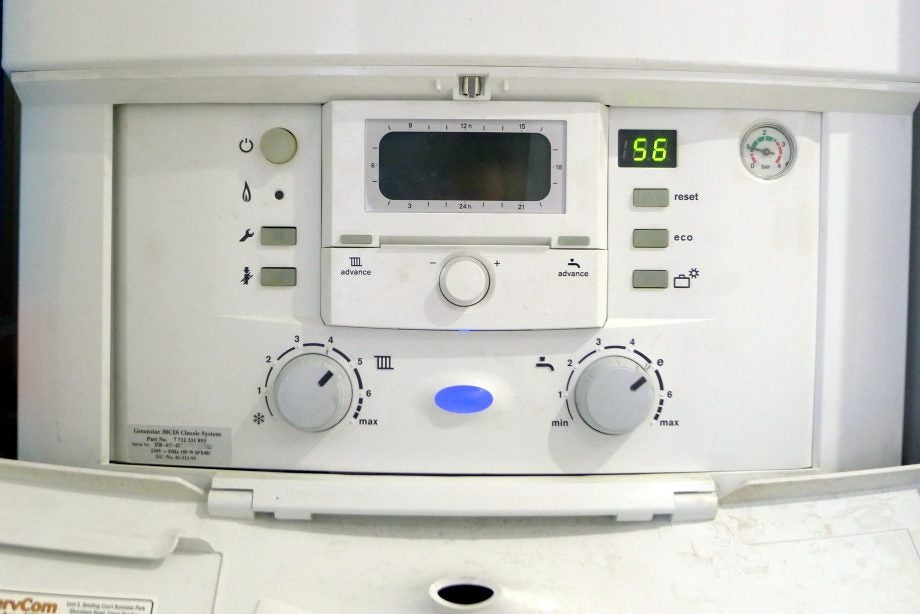
One of the big benefits of condensing boilers is their ability to reclaim heat that would otherwise be lost out of the flue, improving efficiency. In fact, condensing boilers have efficiency levels of greater than 90%; that is, little energy is wasted heating water. Yet, if your boiler is set at the wrong temperature you won’t get the full efficiency, so what’s the best temperature for a condensing boiler?
The simple answer is setting your central heating to a temperature of around 70C and your hot water to 60C should give you the highest efficiency levels for your boiler, although this doesn’t necessary mean the lowest running costs. To cut running costs, further lowering the temperature of your central heating and hot water is required, although getting the right level is a little more fiddly. We’ll explain all.
How condensing boilers work
First, it’s important to understand how a condensing boiler works. With a traditional boiler, fuel is burned to heat your water but a large portion of this is lost out of the flue. With a condensing boiler, there’s a secondary heat exchanger, which is designed to recycle some of this heat, boosting efficiency.
Using a boiler for your central heating, you have two pipes, the flow and the return. The flow is the pipe heading out of the boiler, which is used to heat your radiators. The flow pipe has passed through the boiler’s main heat exchanger and is heated via fuel burning. This is effectively the same for all boiler types.
The return pipe is the pipe that comes back in from your radiators. This water will be warm but not as hot as the flow, as some heat is released into your rooms, via radiators, to heat them. In a condensing boiler, the return pipe enters a secondary heat exchanger, which has the job of capturing heat from the waste gasses in the flue.
The process of doing this condenses water vapour in the exhaust gasses, recovering some of the heat that would have otherwise have been wasted out the top of the flue. This condensate, which is slightly acidic, is taken from the boiler via a condensate pipe. Ideally, this should be internally led to a drain; where condensate pipes are led outside, there’s a danger of freezing in cold weather.
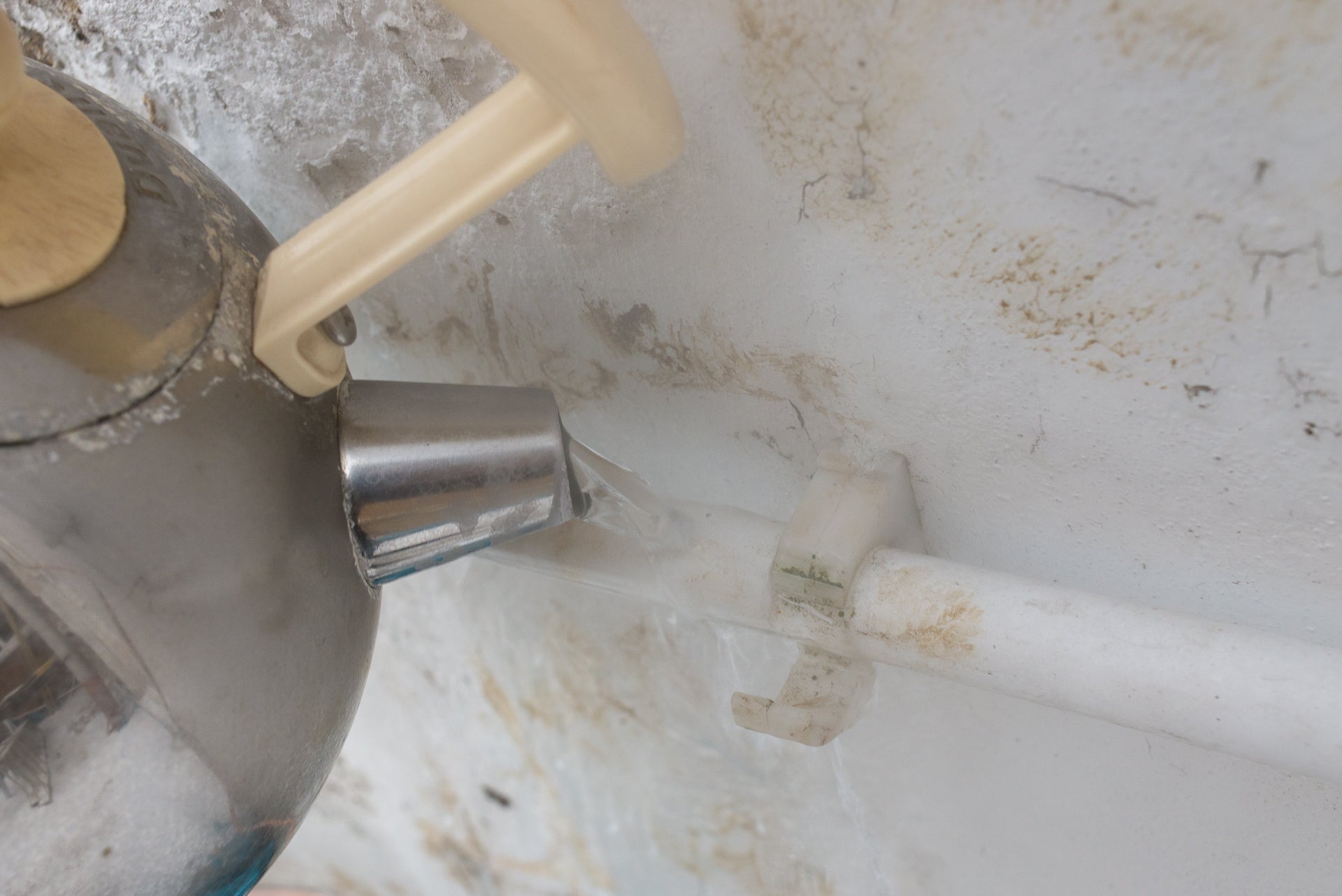
The return pipe is then heated by this process, before flowing back into the main heat generator. Through this process, waste energy is recycled and the return pipe requires less energy to heat it as it has been pre-warmed.
Is your condensing boiler in condensing mode?
For the condensing boiler to operate at maximum efficiency, the secondary heat exchanger’s surface needs to be equal to or below the dew point temperature of the fuel used. This is the temperature at which water droplets form. For natural gas boilers, the dew point is around 55C. In other words, the water in the return pipe needs to be 55C or lower or your boiler will not operate at maximum efficiency and potentially will not even condense.
Turning down the temperature on your boiler’s central heating flow can help increase its efficiency. Boilers will have two dials: one to adjust hot water temperature (usually marked with a tap, or similar) and one to adjust central heating temperature (often symbolised with a radiator icon). Most modern boilers will have a mark on the screen that shows you the point at which condensing mode will be turned on. On my Ideal Logic+ C30, there’s an ‘E’ icon on the central heating dial, which corresponds to 68C displayed on the screen. Generally speaking, a central heating temperature of 70C should work in most homes to get a boiler into condensing mode.
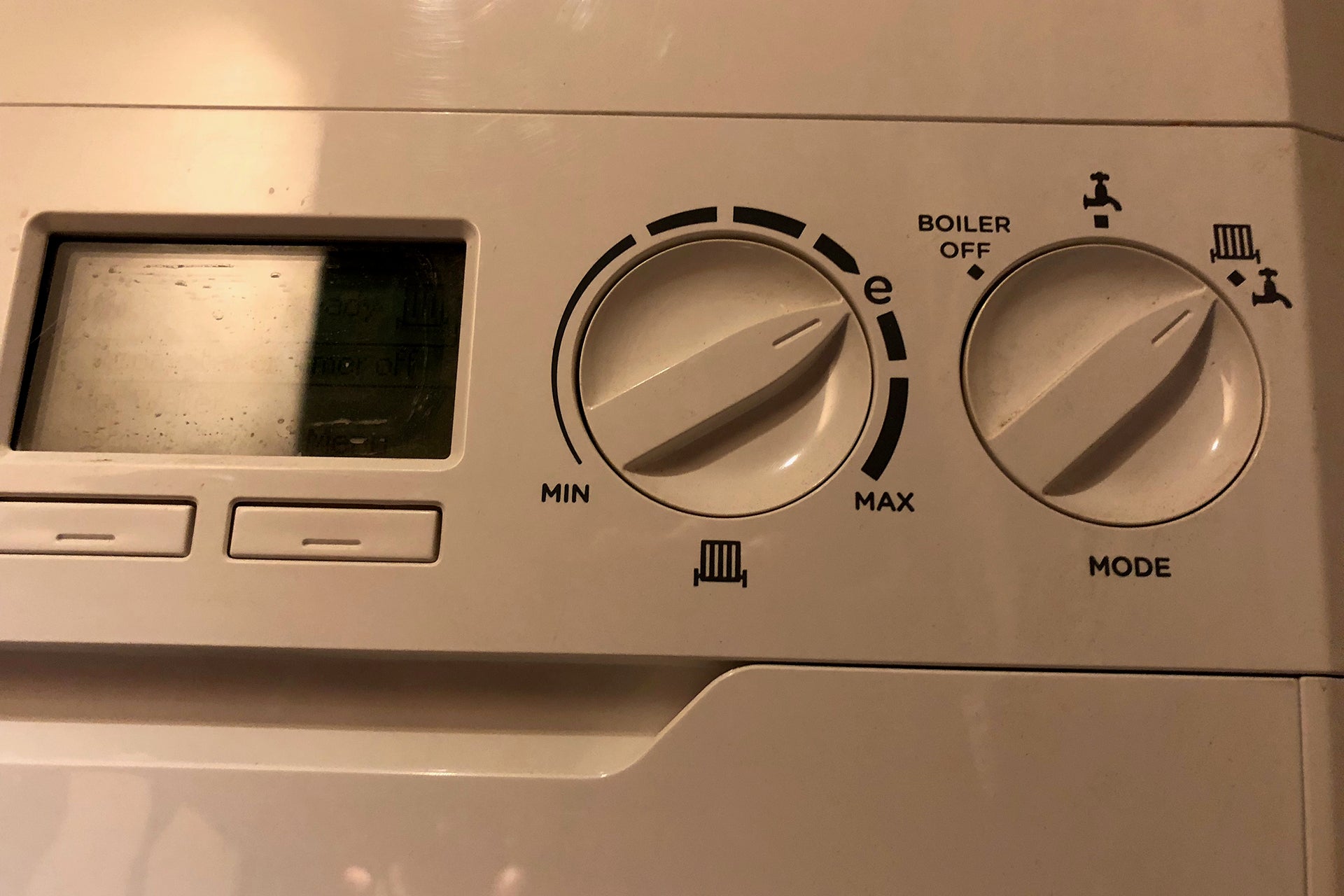
There are factors that will affect this. For example, if you have smart heating with individual radiator valves, such as with the Honeywell Evohome, the return temperature can change. For example, if you’re heating the entire house, with all valves open, you’ll get a cooler return. If you’ve only got one radiator valve open, the return will be warmer.
However, the benefit of only heating a single room will mean that your boiler will shut down sooner, so the overall energy savings will be higher. For the best energy savings, a thermostat and boiler that can use OpenTherm will work best, as this lets the thermostat adjust (modulate) the water temperature for the best results. You can also follow our guide on saving money with smart heating.
What about cost savings?
Running your boiler in condensing mode improves efficiency but doesn’t necessarily mean that you’re getting the best cost savings. It’s actually more cost-effective to run your boiler at the lowest central heating temperature that still gets your home to a comfortable temperature.
That may seem like the wrong way round, but whacking your boiler up to maximum temperature may heat your house faster, but you’ll get worse efficiency and burn a lot more gas. At today’s prices, in particular, that’s not a good thing.
So, how low should you go? Well, a heat pump, a more eco-friendly way of heating your water, will only hit temperatures of around 40C to 45C. It makes sense to aim for 40C to start with, as you’ll cut gas consumption.
You’ll need to allow more time for your rooms to heat up at this temperature. Depending on how well insulated your home is and how big your radiators are, you may find that that this low temperature isn’t enough for your house. In that case, try increasing the temperature by 5C to see if that works. Repeat until you find the right temperature for your home, with the one limit that you need to have your boiler’s temperature set low enough that it runs in condensing mode.
There’s also a myth that it’s best to leave your heating on permanently to keep your house up to temperature, as this is cheaper than cooling your home down and then reheating when you’re in. This is not true and you’ll save far more money by efficiently heating your home when you need it and having the heating off when you don’t.
What about hot water to the tap?
The temperature your hot water should be set at depends on the type of system that you have. However, it’s important to note that if you have a combi-boiler, it can’t operate in condensing mode for hot water, as there’s no return flow to create the condensing process.
With that in mind, if you have a hot water tank, then your hot water flow should be at least 60C and your hot water tank should be set to store water at this temperature. This is because this is the temperature that kills legionella bacteria. As a result, you may want to go a few degrees warmer but under the threshold required for condensing
For a combi boiler, water is heated on demand and there’s a very small water tank. As such, there’s very little likelihood of legionella bacteria developing. While it’s recommended that combi boilers are set to 60C for safety, it is possible to go cooler. We set our hot water to a temperature of 45C: hot enough for washing dishes and hands without the need to add in cold water.


